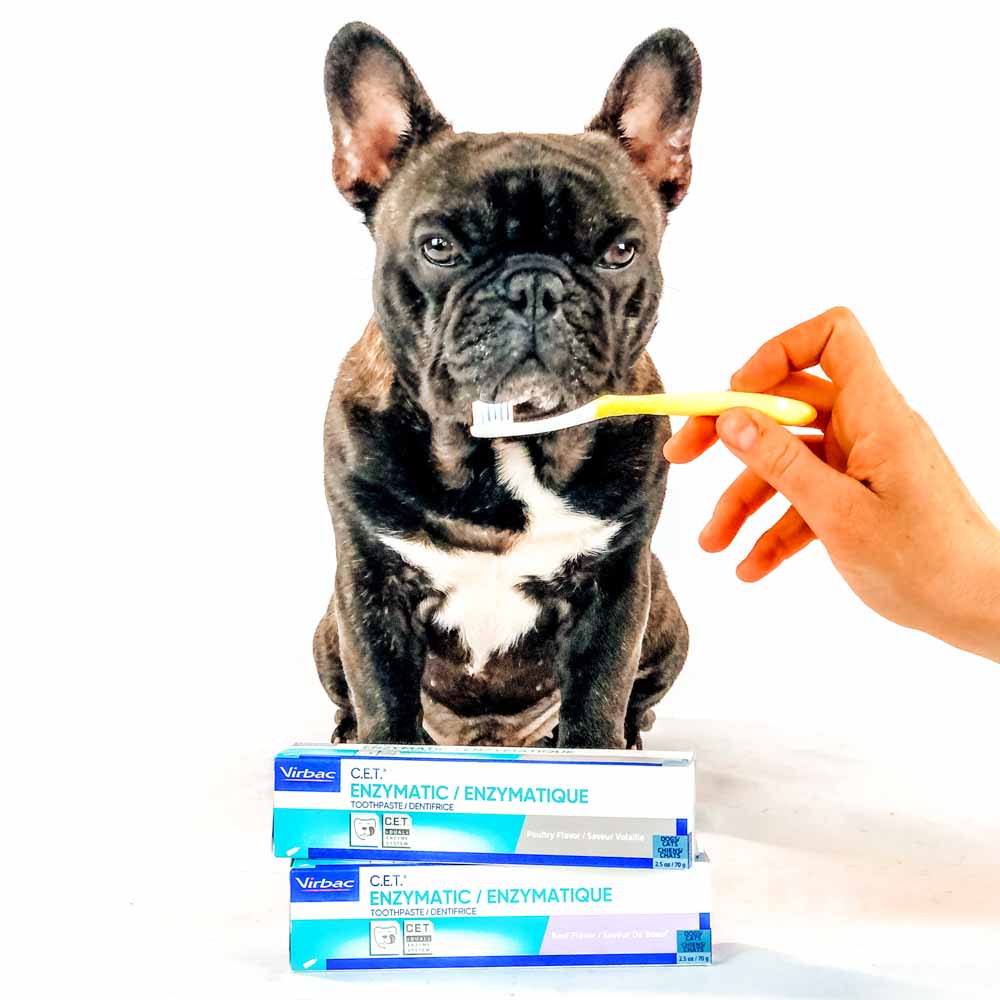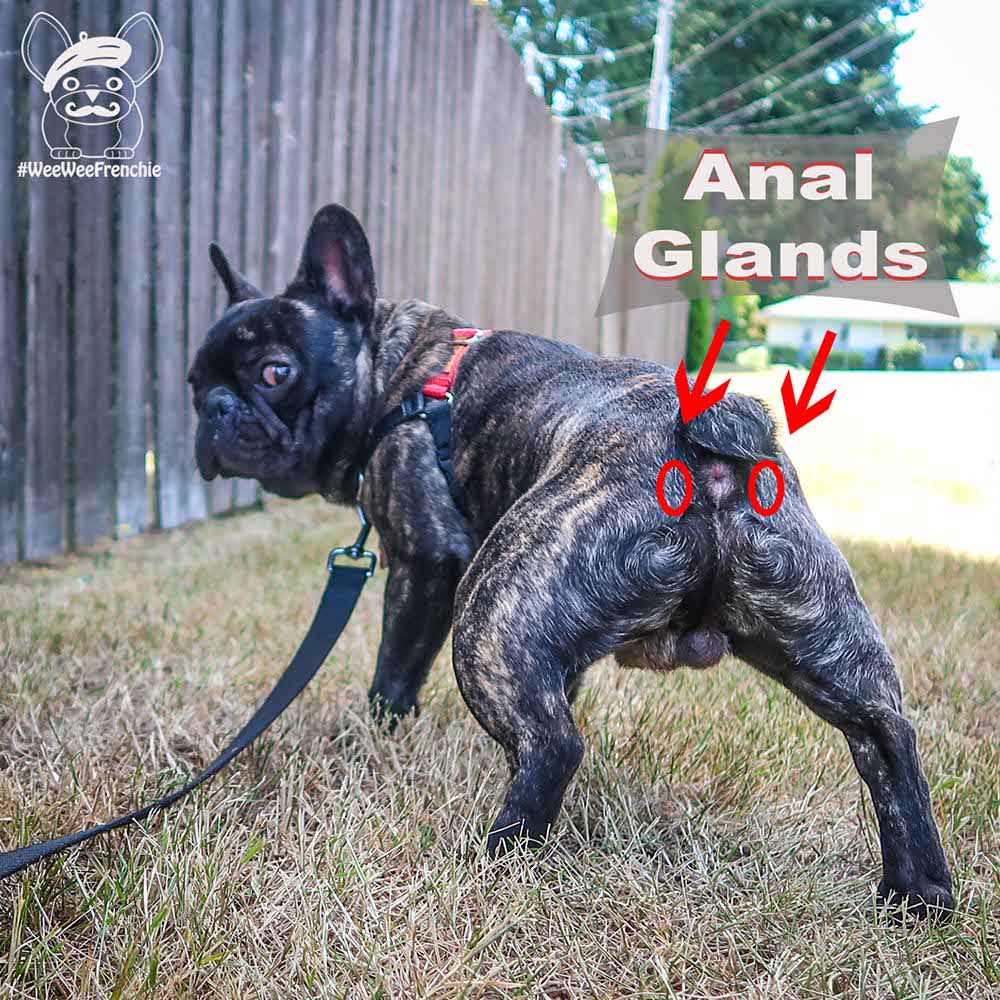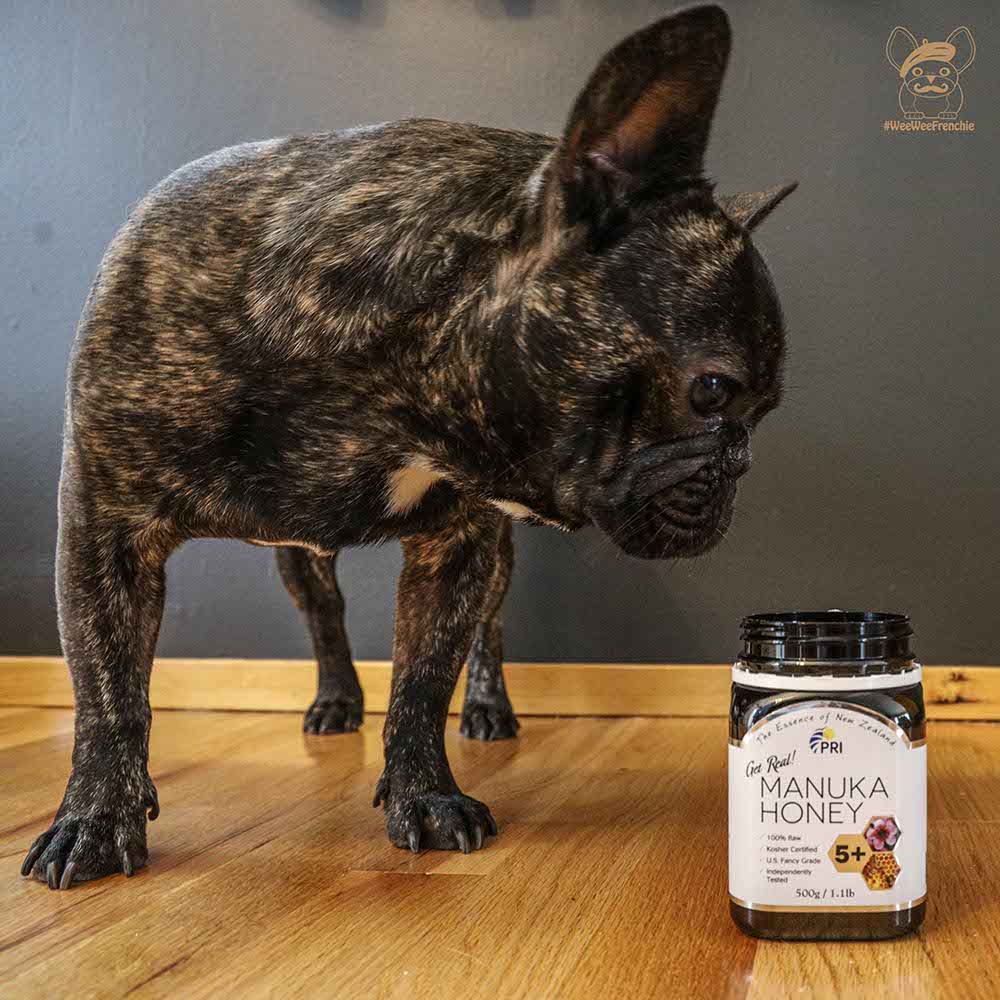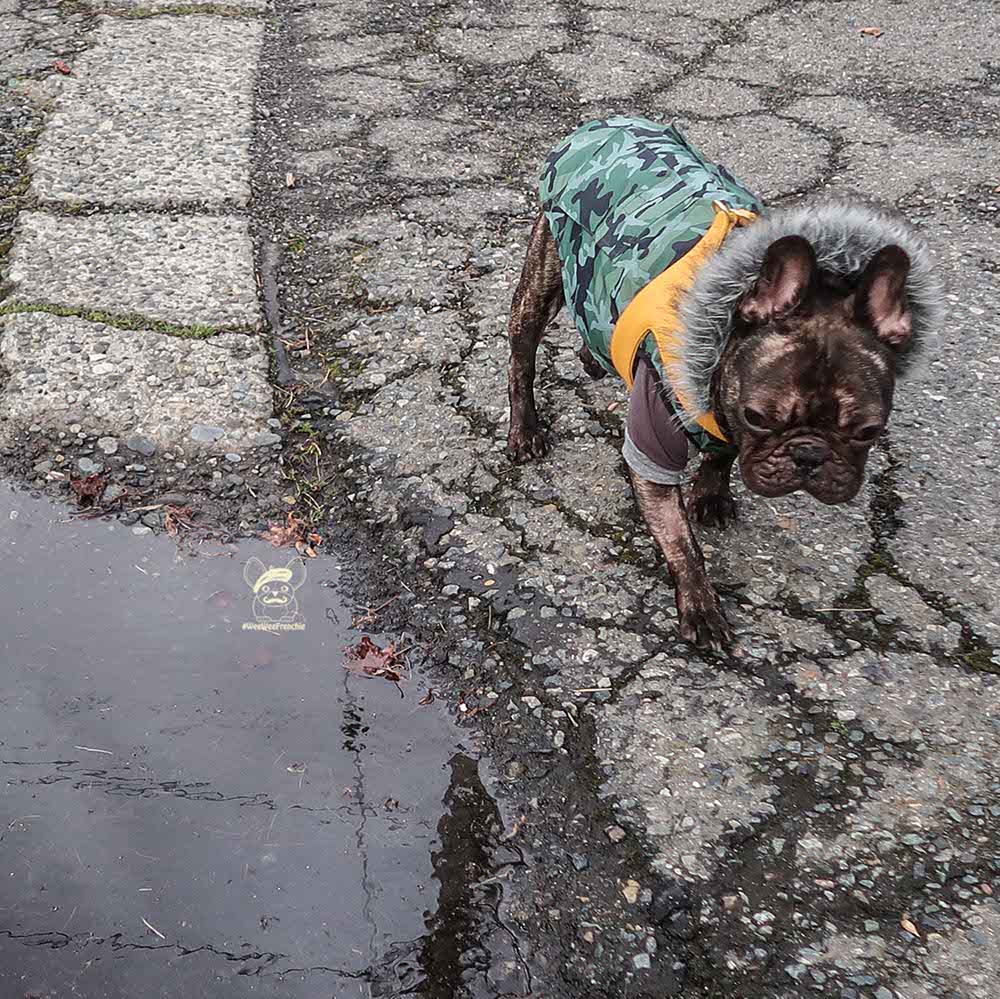Treating Fungal Yeast Infections In Dogs
Living in the Pacific Northwest has its appeal until wintertime hits. That’s when the change in seasons lead to cold winds, lots of rain, and allergies due to fungus. These conditions can cause damage to your dog’s skin, especially their paws. So what can you do to help your dog this winter?
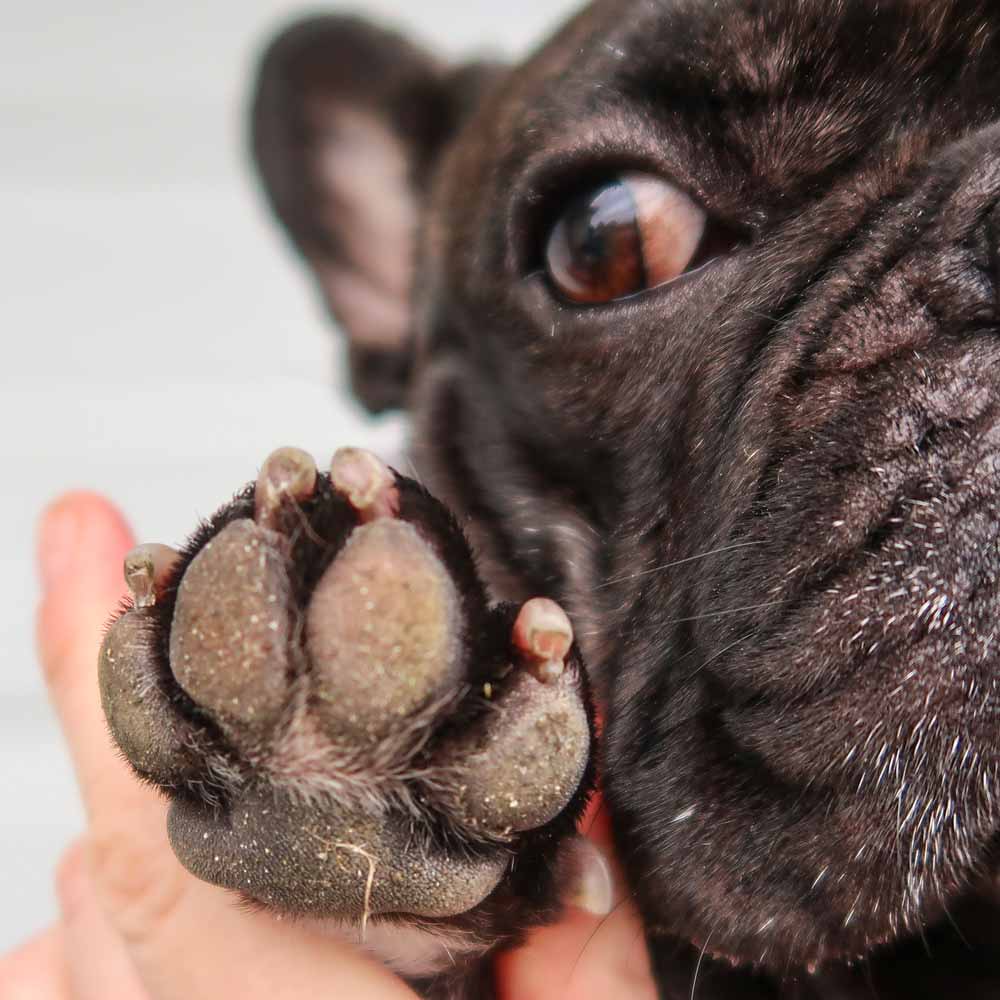
Yeast is a spore-producing fungus that is naturally-occurring in small numbers on the skin. When conditions are right (like high moisture seasons), fungus can grow and damage your dog’s skin.
Common areas for yeast infections are on skin folds, ears, and in the paw pad.
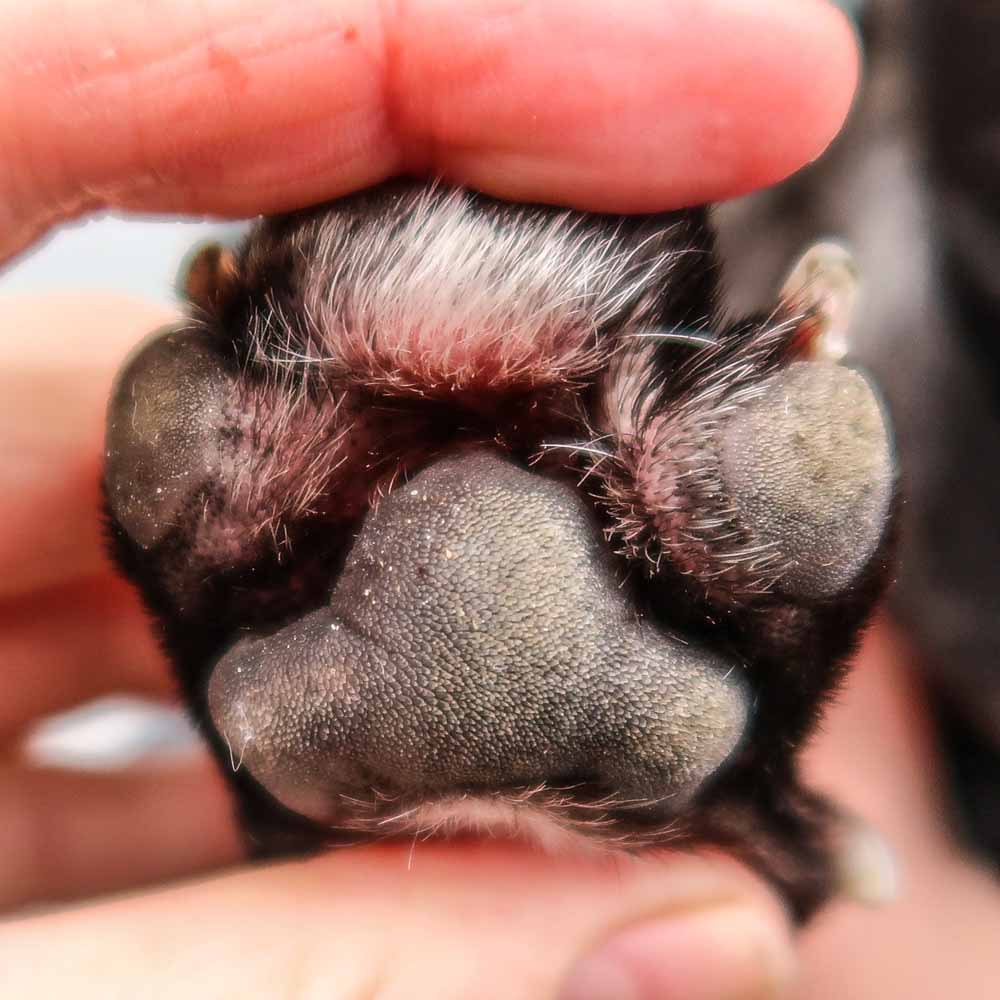
Signs of a yeast infection include:
- Bad odors - yeast can have a musty or corn chip smell
- Redness
- Itching
- Hair loss
- Head tilting (if yeast is in the ears)
Yeast can be difficult to treat, especially if you live in a wet climate. But there are some easy steps you can take to help your pet.
Dry paws after being outdoors
If it’s wet, moisture can get into skin folds and paw pads. And with repeat exposure to moisture, yeast can begin to grow. This leads to red, itchy skin between the paw pads.
Use paw soaks
Paw soaks are an easy and effective way to decrease fungal and bacterial infections. But if you have a dog who hates having his feet soaked, there is an alternative.
Use anti-fungal topical serum
Harmony by Farm Dog Naturals, is an all-natural, external remedy for yeast infections. It can be used on the skin and in the ears.
For the skin, apply Harmony to affected skin with a clean finger twice daily until yeast clears.
When applying Harmony to the ears, massage 2-3 drops into the ear canal. Use twice daily until yeast clears.
Harmony has been very helpful for my dog who refuses paw soaks. After 2 days of use, my dog’s paws changed from cherry red in color to a subtle pink hue. He’s in less pain, and isn’t wincing when the serum is applied. I suspect that after a few more days of treatment, his paws will be back to normal.
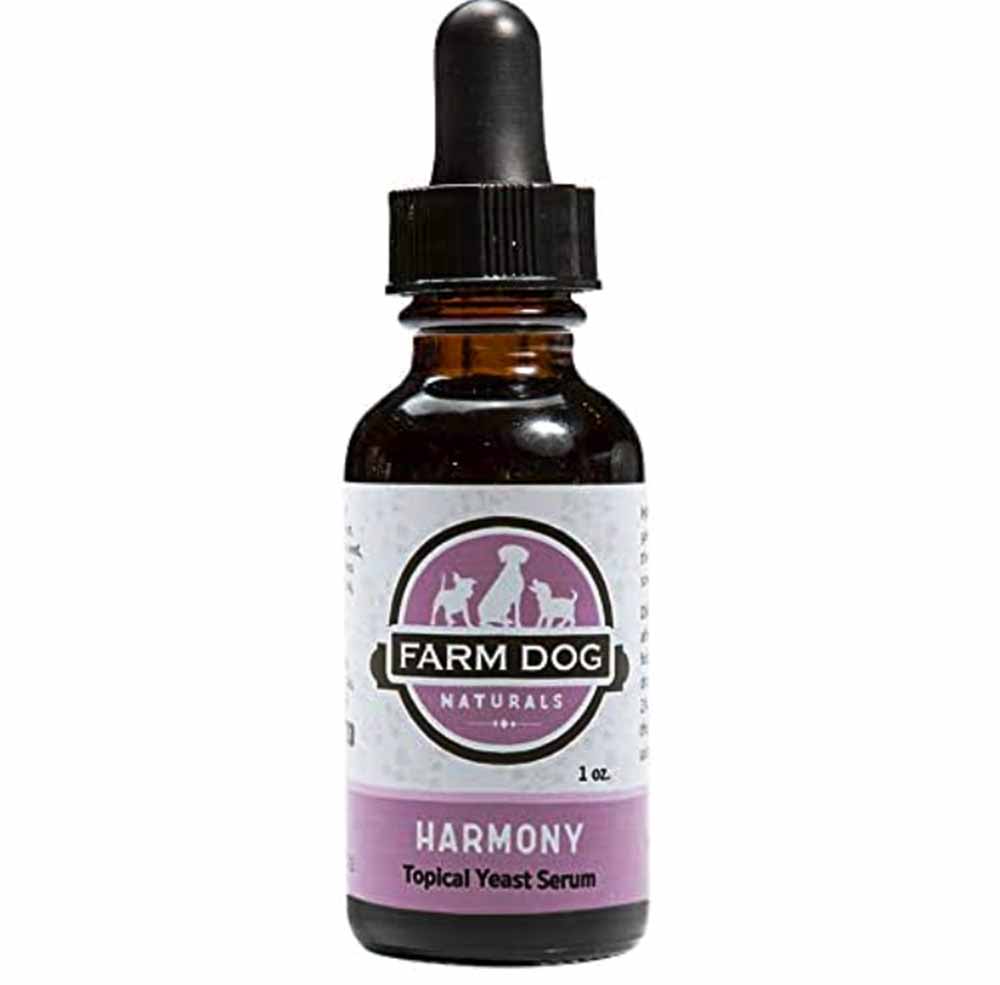
Yeast infections aren’t avoidable but if caught early, they can be treated. Frequently check your dog’s skin and paws. And if needed, treat yeast with paw soaks and topical serums.
It’s always best to talk with your veterinarian if unsure about your dog’s ailment and before starting home treatments.

